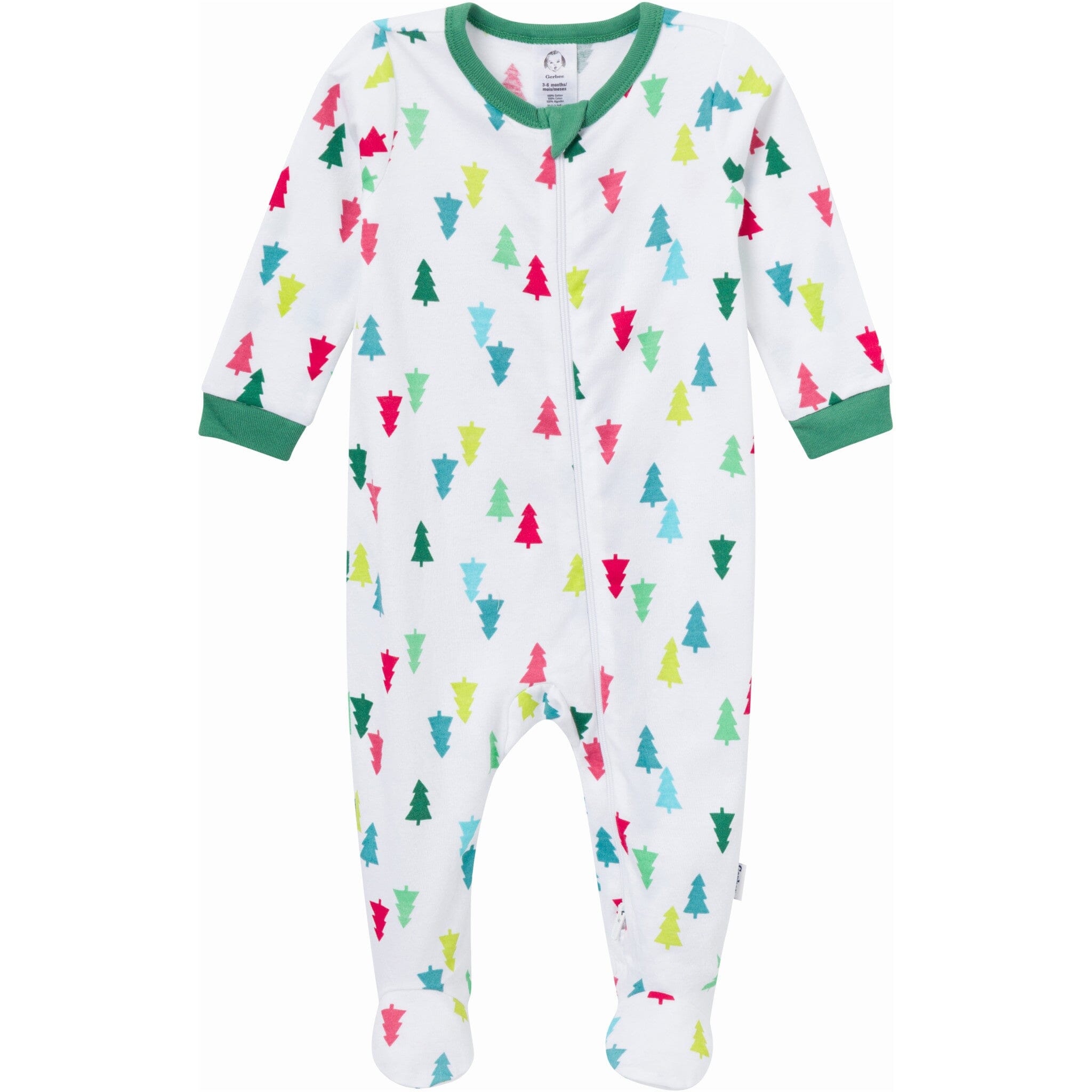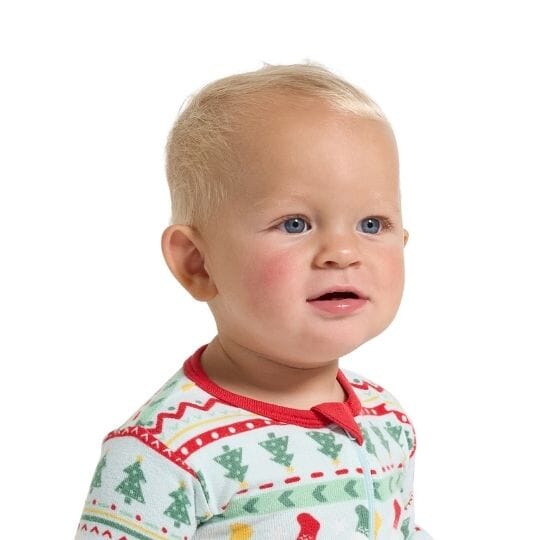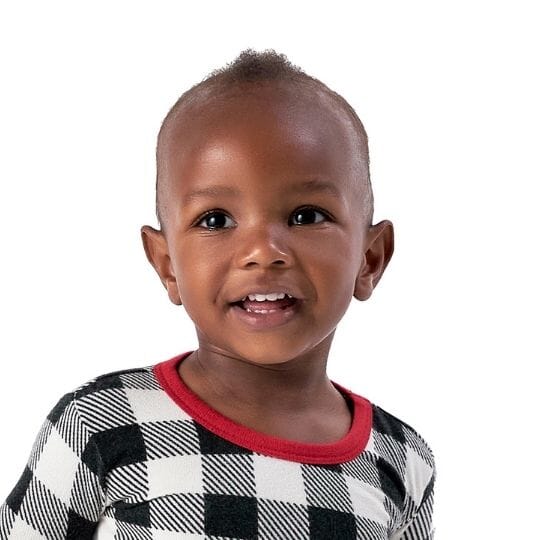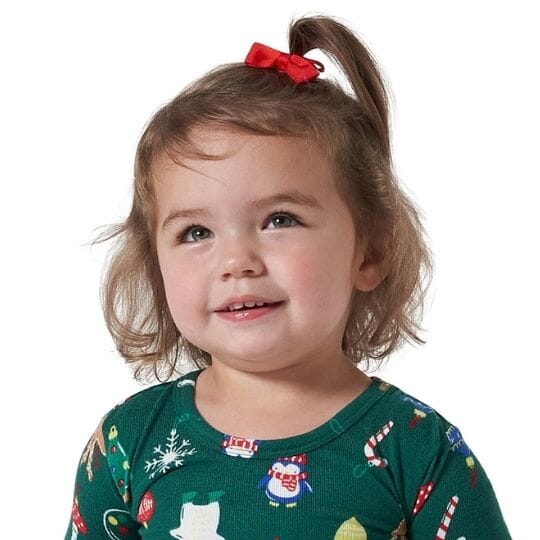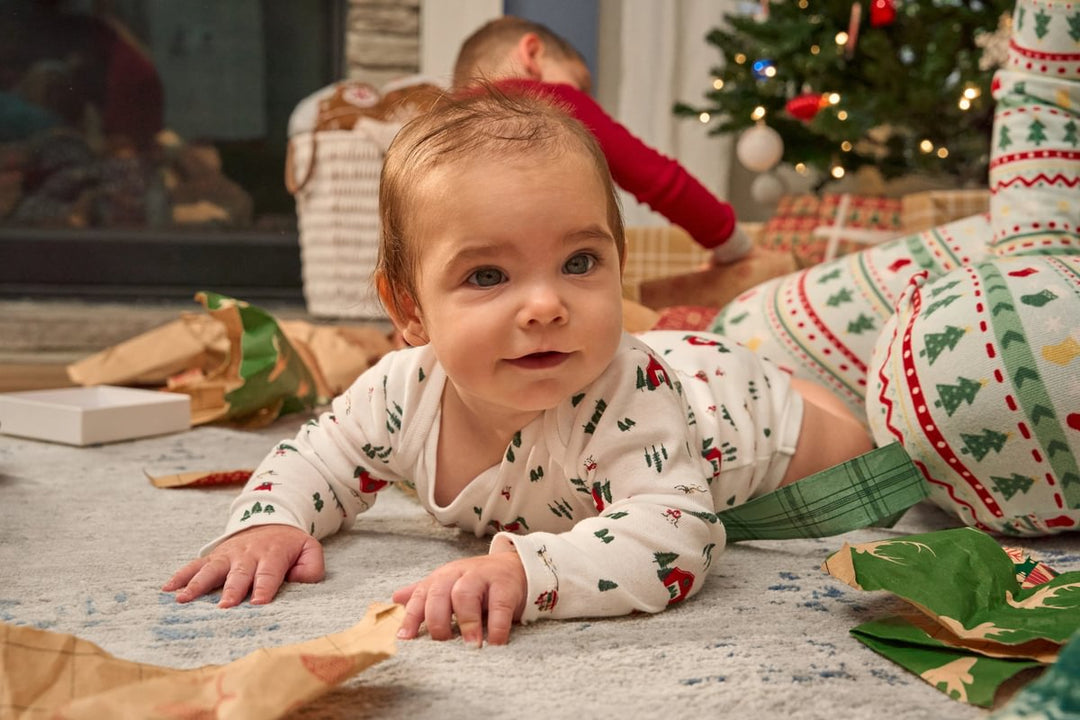The love parents feel for their children is strong all year long, but Valentine’s Day sparks special feelings of affection that make us want to express our love to our kids (and hear it back)! For families fostering bilingualism at home, Valentine’s Day is the perfect holiday to learn new affectionate words to share with your family: a new love language, if you will. Families with older children who are likely excited about gift exchanges with their loved ones can take advantage of this hype and excitement to get them equally excited about learning new words in their second language!

Two of the most precious gifts you can give your child are the gift of a second language and the gift of positive, uplifting language that builds your relationship as well as your child’s self-esteem. So, what better way to show your love than to combine both on Valentine’s Day? Bilingual sound book creators, Binibi, whose bilingual children’s books, you can find on our site, are here to help you bring these gifts to life.
Here’s a list of five target phrases for you and your child to learn in Spanish for Valentine’s Day that you can start practicing now! Have your child color in the images as you practice saying the words and how to use them. The best part is, these are common words you can use year round. Remember, practice makes perfect when it comes to language learning!

I love you→ te amo (teh) (ah-moh). Have your child color in the mother-child cow duo below. As your child is busy coloring, you can talk to him or her about how the cow mom and baby calf love each other just like you two do while teaching them this Spanish phrase for “I love you”. Continue to say the phrase “te amo” in place of “ I love you” every day so your child retains it and uses it with family and friends. And of course, use it on Valentine’s Day as you tell your child how much you love him or her!
Hug (noun) → abrazo (ah-brah-soh). These two hugging chicks will surely inspire plenty of hugs between you and your little one. As your child colors the two chicks, point out that they are hugging each other just like you two often do and start using “abrazo” instead of “hug” when you ask your child for a hug! To practice the word “pollitos'' for “chicks” in addition to “abrazo”, check out Binibi’s Los Pollitos Dicen musical book or La Granja sound book where you can find a song about chicks or chicks’ chirping at the farm. Both will get your child excited about practicing more Spanish words!
 Kiss (noun) → beso (beh-soh). Similarly to “hug”, swapping “kiss” for “beso” is another easy way to introduce and practice a new Spanish word that you’ll want to use on Valentine’s Day (and every other day) as you show your child love and affection. The two kissing monkeys are a fun way for your child to learn this new word as they color. Use this opportunity to steal a kiss from your little Valentine to provide some more context for the meaning of the word! You can find the monkeys in Binibi’s La Selva sound book, where your child can further practice animal names and sounds.
Heart (noun)→ Corazón (koh-rah-sohn). A staple word for Valentine’s Day, with some practice, your child will know exactly what to call the hearts he or she sees everywhere on the special day! You can use this word to describe a heart, but also use it as a term of endearment to make your child feel extra loved. For older children who can already name shapes, this may come at the perfect time to practice the name for a heart shape in Spanish. Let your child color in the heart as you practice the word together!
Special (adjective) → especial (ehs-peh-syahl). Letting your child know just how special they are to you is the perfect way to make them feel extra loved while boosting their confidence. You can even use this new Spanish word to start the habit of daily affirmations for your child which is not only beneficial for building self-esteem in the long run, but also for practicing the word and retaining it. You can have your child repeat after you as you say “(Child’s name) es muy especial.” While they color in the ribbon, let them know they will always be your number one!
Kiss (noun) → beso (beh-soh). Similarly to “hug”, swapping “kiss” for “beso” is another easy way to introduce and practice a new Spanish word that you’ll want to use on Valentine’s Day (and every other day) as you show your child love and affection. The two kissing monkeys are a fun way for your child to learn this new word as they color. Use this opportunity to steal a kiss from your little Valentine to provide some more context for the meaning of the word! You can find the monkeys in Binibi’s La Selva sound book, where your child can further practice animal names and sounds.
Heart (noun)→ Corazón (koh-rah-sohn). A staple word for Valentine’s Day, with some practice, your child will know exactly what to call the hearts he or she sees everywhere on the special day! You can use this word to describe a heart, but also use it as a term of endearment to make your child feel extra loved. For older children who can already name shapes, this may come at the perfect time to practice the name for a heart shape in Spanish. Let your child color in the heart as you practice the word together!
Special (adjective) → especial (ehs-peh-syahl). Letting your child know just how special they are to you is the perfect way to make them feel extra loved while boosting their confidence. You can even use this new Spanish word to start the habit of daily affirmations for your child which is not only beneficial for building self-esteem in the long run, but also for practicing the word and retaining it. You can have your child repeat after you as you say “(Child’s name) es muy especial.” While they color in the ribbon, let them know they will always be your number one!
We hope these new Spanish words help further your child’s bilingualism journey as you say sweet things to each other on Valentine’s Day and year round!








